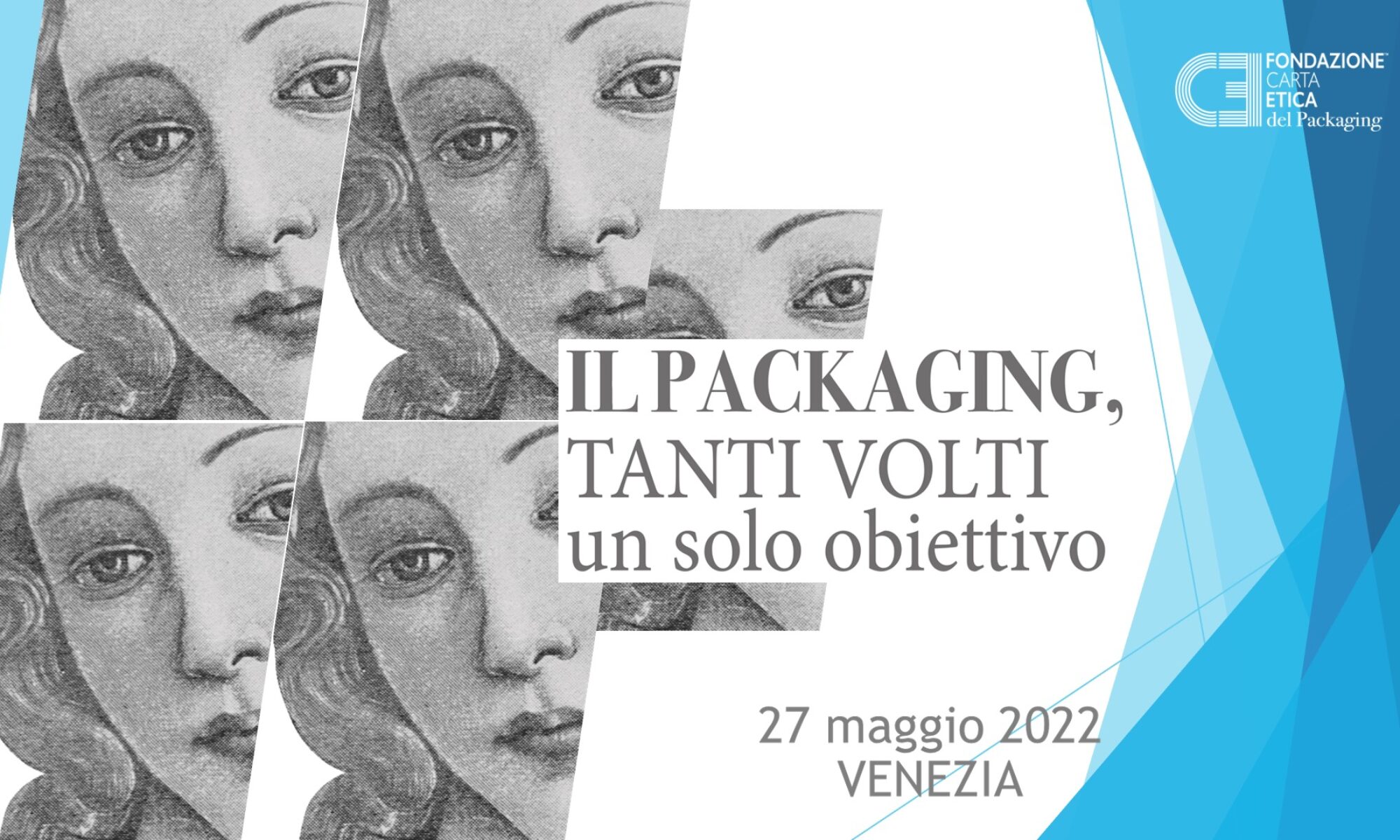Not only does “good packaging” save the product, but also the feeling with consumers.
We’ve spoken about “immaterial” elements of a pack many times, with special reference to brand communication, the product used to convey cultural messages, etc. Now, even when talking about safety one simply can’t avoid noticing that, as well as the chemical/physical properties of a product, “good packaging” is designed to safeguard certain invisible, intangible elements, such as aromas, flavours, colors, the general aspect of the product and even the feeling that links it to each consumer.
Aromas, for example, can be a pleasant experience, if a perfume, but things change dramatically if they’re too strong and pervasive, invading the surrounding atmosphere.
The producer of Roquefort Société – the cheese with its strong aroma that one either loves or hates – is an expert on the matter.
Those who hate this particular cheese are quite happy to dine (temporarily) in the presence of the cheese, but once the wrapping has been opened and the cheese is left in the fridge, its strong aroma pervades and invades every other item in the fridge. Full merit, therefore, to the Roquefort Société packaging solution: a two-level pack plus foam cushion for virtually hermetic sealing.
On the other hand, when the flavour and aroma are the object of veneration, as in the case of cigars, the consumer feels that the producer has a sort of moral duty to avoid any loss in intensity and quality. The individual aluminium screw-top pack used by certain brands, plus the classic cellophane wrapping, has the defect of making the product less visible, but at the same time it protects the cigar from light and lost aroma, meaning that it should guarantee quality for loyal consumers. We’ve used the conditional tense here as, in practice, once the cigar has reached its destination safely, it has to face (like all other products) the harsh shock of reality and the foibles of the smoker, plus the fact that each individual perceives the flavours and aromas differently… meaning that it’s practically impossible to guarantee that the cigars have a single, uniform flavour/aroma.
Packaging becomes deceptively discrete and silent (even mimetic), when the aesthetic aspects of the product need to be guaranteed, something that’s very important for the Japanese market. Colorful-ru chewing-gum, for example, have their main characteristic embodied in their name, an absolute priority. In this case, what the company’s actually selling isn’t a new fruit flavour or less sugar and low calories, but rather a color experience. The main value to be protected is therefore the availability of the chewing-gum in a range of colours and organised by shade, ranging from light beige to dark burgundy. It’s thus worth the risk of over-packaging to guarantee stable positioning of the product. Thus, as well as an external wrapper (naturally transparent), the pack also includes a tiny plastic rack that forces the chewing-gum into a sorted order, from the moment of packaging to final and complete consumption.
In the pharma industry, product safety (chemical and physical) is, of course, crucial and unavoidable. In fact, administration methods over recent years have been dictated, to a certain extent, by the packaging. For example, if we recall the old classic glass pipette.
However, if we want to consider invisible immaterial safety, which deals with consumer psychology and his/her feeling for the product, we shouldn’t be surprised by the criticism coming from women for a certain type of packaging. This has happened with certain contraceptive pills, while perfectly guaranteeing the product, the producers had started to eliminate the use of the printed calendar that used to help women to take the Pill regularly.
Even if each woman is aware that certain guarantees – such as memory – are intangible and uncertain (as it’s a given fact that all women have forgotten to take the Pill at least once). Even the younger consumers, who aren’t accustomed to the traditional use of the product, have criticised this move, calling it psychological terrorism: their mental certainty was obvious compromised.
To conclude, maybe it’s just the infancy sector that can allow to play with the perception of safety. The huge lollipop disguised as a space weapon is conceived as a sweet-product and then, via its packaging, a weapon for attack/defence. Of course, it’s not true, and yet thanks to this combination of violence and sweetness, young consumers start to become familiar with the volatility of feelings and the absence of certainty in the real world. This sugary weapon can, at the same time, offer a feeling of strength and goodness, turning each child into a new Robin Hood. So, like this famous character, each child can spread a bit of “sweetness” on the face of his classmate and so ably cross the thin line that separates naive cruelty and extreme goodness.
The toy industry today is governed by some special rules these days, but there’s still a doubt for all the other products: is packaging really just a container without any other responsibility, apart from the protection of the goods within?
Maria Gallo designer, Co-ordinator for the Master in Packaging Design 2006 at the Istituto Europeo di Design (Milan).


